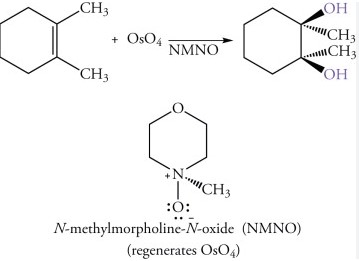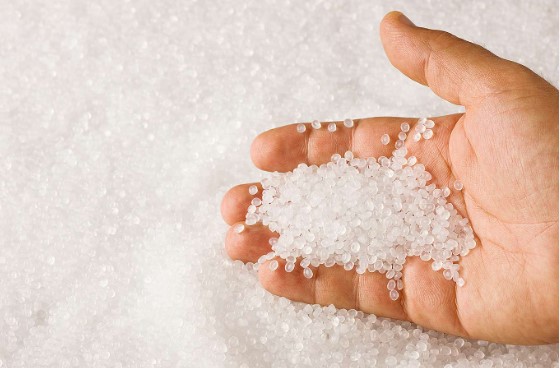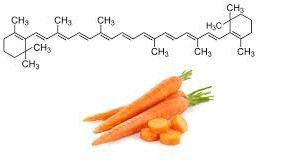The synthetic fibers olefin and polypropylene are often confused with each other but they are actually quite different. In this blog post, we will explore the key differences between olefin and polypropylene and how they are best used.
By the end, you will have a better understanding of the differences between olefin and polypropylene and which fiber is best for your project.
What is olefin

Olefin is a type of synthetic fiber that has a number of uses in different industries. It is a polyolefin, which means it is made from an olefin monomer like ethylene or propylene. Olefin is highly water-resistant, UV resistant, and resistant to chlorine, making it an ideal choice for many applications.
Its lightweight and compact nature, along with its low cost, make it a great choice for a variety of projects. However, olefin does have some drawbacks.
It is not as strong or durable as polypropylene, and it is also more difficult to dye and print on. The difference between olefin and polypropylene is that olefin is less durable and can be affected by environmental factors such as sunlight, chlorine, and water, while polypropylene is much more resistant to these factors.
What is polypropylene

Polypropylene is a type of plastic that has a variety of uses, from food packaging to medical supplies. It’s known for its light weight, durability, and cost-effectiveness.
Polypropylene is often confused with another type of plastic called olefin, but they have some very distinct differences. Polypropylene is more rigid and has a higher melting point than olefin, making it better suited for applications that require stability and heat resistance. Additionally, polypropylene is more resistant to chemicals and solvents, making it ideal for many industrial applications.
Differences between olefin and polypropylene
When it comes to carpet fibers, there is often confusion between olefin and polypropylene. Both are synthetic materials, but they have some important differences. Olefin, also known as polypropylene or polyethylene, is a strong, lightweight fiber that is highly resistant to staining and fading.
Olefin, also known as polypropylene or polyethylene, is a strong, lightweight fiber that is highly resistant to staining and fading. It also has excellent water resistance and won’t absorb moisture. Polypropylene, on the other hand, is not as strong as olefin, but it is more resistant to wear and is ideal for high traffic areas.
It is also more affordable, making it a popular choice for budget-conscious shoppers. Additionally, polypropylene is available in a variety of colors and textures, so it’s a great option for those who want to add a splash of color to their home.
Ultimately, the choice between olefin and polypropylene depends on your needs and budget.
Benefits of using olefin and polypropylene
Olefin and polypropylene are both synthetic fibers with a variety of uses. They are both durable, lightweight, and cost-effective materials, making them ideal for a range of applications. However, there are some important differences between olefin and polypropylene that should be taken into consideration when choosing a material for a project.
Olefin is more resistant to fading, staining, and abrasion, while polypropylene is more resistant to mildew, rot, and most chemicals. Olefin is also more resistant to UV radiation, making it a great choice for outdoor applications.
Polypropylene is more flexible, making it a better choice for carpeting and other flooring applications. Ultimately, it’s important to consider the project’s requirements and the desired outcome when deciding between olefin and polypropylene.
Applications of olefin and polypropylene
Olefin and Polypropylene are two of the most widely used materials in the world, and understanding the differences between them is key to making informed decisions in a variety of applications. While both materials are synthetic polymers, olefin is a homopolymer and polypropylene is a copolymer.
Olefin is known for its soft touch and durability, making it an excellent choice for carpets and rugs. It is also stain-resistant, which makes it useful for upholstery and clothing.
Polypropylene, on the other hand, is stronger and more resilient than olefin, making it ideal for industrial and outdoor applications such as piping and decking. In addition, polypropylene is hydrophobic, meaning it repels water, making it a great choice for waterproofing applications.
Ultimately, when choosing between olefin and polypropylene, it is important to take into account the characteristics of each material and the intended application.
Bottom Line
In conclusion, there are several key differences between olefin and polypropylene. Olefin is a synthetic fiber that is lightweight, durable, and resistant to fading, while polypropylene is a thermoplastic that is strong, durable, and resistant to chemicals. Olefin is often used for indoor applications and is a good choice for carpets and rugs, while polypropylene is better suited for outdoor use and is commonly used for furniture, containers, and other items.
Both materials are durable and can withstand wear and tear, but there are certain applications where one material may be better suited than the other.

